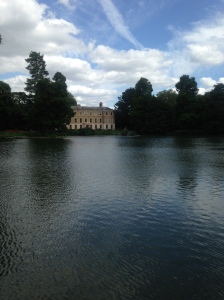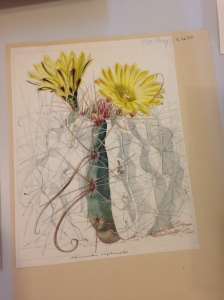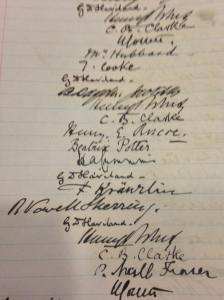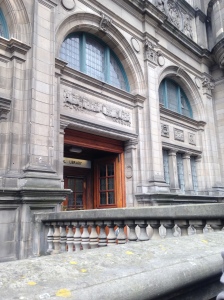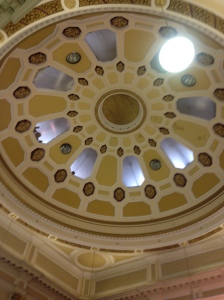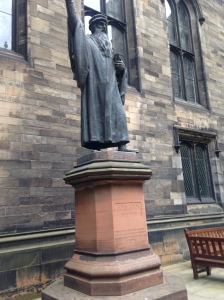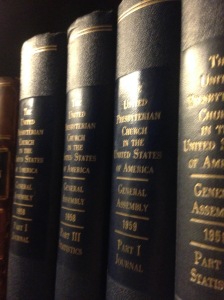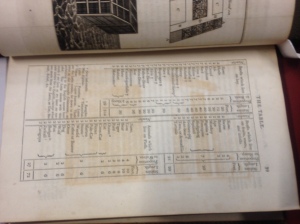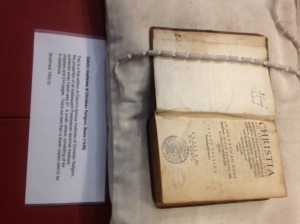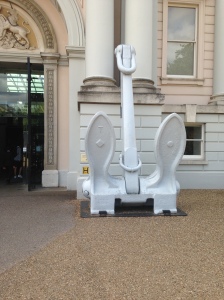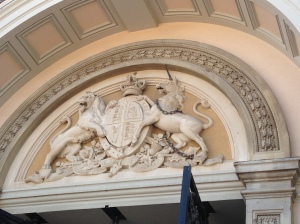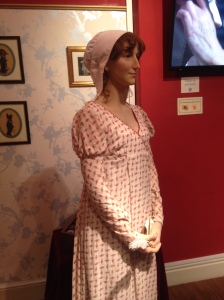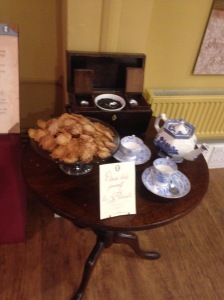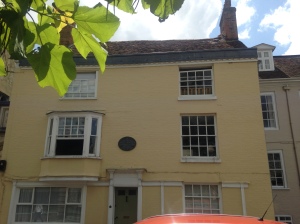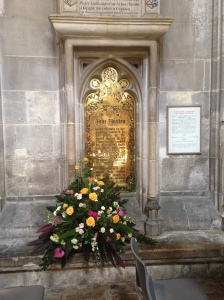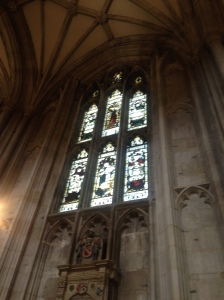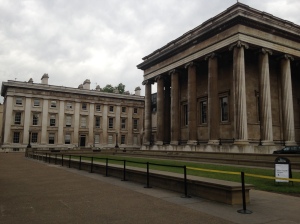Our visit to the Royal Botanic Gardens in Kew included a presentation by our gracious guide, Mr. Andrew Wiltshire. He has a book being published soon on how Leslie Linder broke the code of Beatrix Potter’s journal. She had written over 200,000 words over many years, most likely from ages 5 – 30. She used the journal to find her voice. The journal stops abruptly in 1887. She then became interested in fungi and began her connection to Kew Gardens. She made very accurate plant drawings that became guides for others to identify in nature. Her journal stopped because she was conducting research on fungi and was frustrated that her work was not being taken seriously because she was a woman. She then had Peter Rabbit privately published and used the royalties to buy properties with many acres of land. She specifically wanted her book published so that small children could access it easily and that it would last for a long time.
The library and archives portion of our visit was nice because we could actually see items in their collection. The library was founded in 1862 and was founded by a vicar. A letter paying someone for planting is the start of the collection. The whole gardens used to be two separate ones. There are over 200.000 pieces of art, 300,000 books and pamphlets, and 5,000 periodicals in the botany collections. This is the depository for illustrations and botany books. There are 200,000 papers, photos, and portraits included. Plant illustrations are on white backgrounds for the most clear displays. The earliest piece in the collection is from the 16th century. Beatrix Potter used to visit this library and archive to research for her own works within the botanical field.
The pieces we were shown were nice because they had to have all the colors found in nature included within the illustrations. These items have been well taken care of and are still in good condition and will be for years to come.
